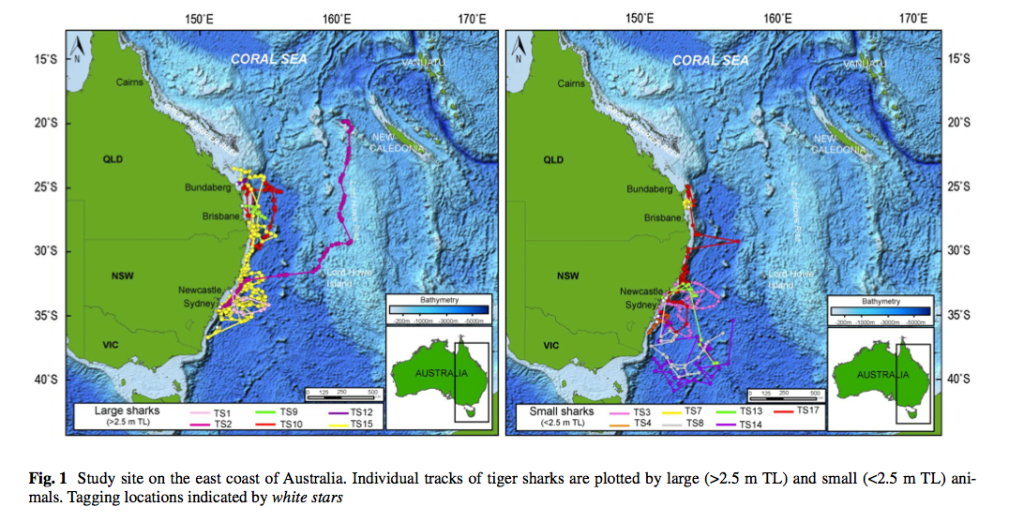Professor Einar Nielsen has arrived to work at MFL during 2015. Einar is the Research Coordinator of the Section for Marine Living Resources, National Institute of Aquatic Resources at the Technical University of Denmark. He is interested in Identification of genetic population structure in freshwater, anadromous and marine fish and the environmental and ecological drivers responsible for […]
Author Archives: Jenny Ovenden
Congratulations to Carlos Bustamante, Jenny Giles and Tom Kashiwagi who received their PhD degrees at the University of Queensland in December 2014. These three PhD students have collectively made a huge contribution to the work of the Molecular Fisheries Laboratory. The conservation and fisheries status of shark and ray populations in Indonesia, Japan and Chile has been clarified and […]
In 2015 the Molecular Fisheries Laboratory will use DNA from historical remains to study how shark species respond to changes in the environment. The changes include gradual changes (associated with long-term changes in sea-levels, current patterns and thermal regimes) and abrupt changes (associated with anthropomorphic events such as exploitation, habitat alteration). Tiger sharks (Galeocerdo cuvier) are important to fishers and well […]
MFL is undertaking a large project to study the population genetics of skates in Chilean waters. The information will be used by the Chilean government to regulate the harvest of these species to ensure sustainability into the future. MFL members Carlos Vargas-Caro and Carlos Bustamante have been working in Chile with colleagues to obtain tissue […]
A genetic study of an introduced freshwater fish in Queensland reveals invasion, overthrow and expansion. Tilapia are able to survive and breed in poor quality habitat. They are omnivorous and aggressive, readily displacing Australian native fish. In Queensland, 21 coastal catchments contain tilapia and the number is rising all the time. But how do they do it? Our paper combined […]
The final sampling program for the gemfish project is due to start soon. Our objective is to understand the number of fisheries stocks in the Great Australian Bight. The 2014/15 summer sampling program will be the last opportunity to include samples in this project. If you know where gemfish are spawning and can give us a hand getting […]
The Third International Symposium on “Effects of Climate Change on the World’s Oceans” will be held in Brazil in 2015. The conference will be held in Santos, Brazil occur between 23 and 27th March 2015. The closing date for early-bird registration and abstract submission in 31 Oct 2014. Einar Nielsen (Denmark) and Jennifer Ovenden (Australia) […]
Thanks to Russell Hudson and Fishwell Consulting, the lab has received another batch of tissue samples for the gemfish project. The 233 tubes containing small pieces of fin have been labelled and stored at – 20 C in the laboratory. Important locations in eastern Great Australian Bight were sampled adjacent to Robe and Portsea. In addition, samples […]
Bonnie Holmes‘ latest paper shows that the north-south movement of tiger sharks is linked to seasonal changes in water temperature. Working at the most southerly extent of the distribution of the species and using electronic tags, Bonnie’s results shows that individuals move into temperate waters in the austral summer but return to the tropical north when local […]
Carolina Vargas-Caro and Carlos Bustamante are in Chile to take skate samples from the fishery. Here Carolina is meeting with staff of the Universidad Austral de Chile. Permits have been organised and the sampling is scheduled to begin next week. The two target species are Zearaja chilensis and Dipturus trachyderma as part of the Chilean skate project to […]



